Note: much of my answer is based on guessing and looking at the decompiled code of System.Web 4.0. The reference source looks very similar (identical?).
You're correct that "’" (6 characters) can be displayed in the browser. Your output string, however, contains "\u0092" (1 character). This is a control character, not an HTML entity.
According to the reference code, WebUtility.HtmlEncode() doesn't transform characters between 128 and 160 - all characters in this range are control characters (ampersand is special-cased in the code as are a few other special HTML symbols).
My guess is that because these are control characters, they're output without transformation because transforming it would change the meaning of the string. (I tried running some examples using LinqPad, this character was not rendered.)
If you really want to transform these characters (or remove them), you'll probably have to write your own function before/after calling HtmlEncode() - there may be something that does this already but I don't know of any.
Hope this helps.
Edit: Michael Liu's answer seems correct. I'm leaving my answer here because it may be useful in cases when the input encoding of a string is not known.

